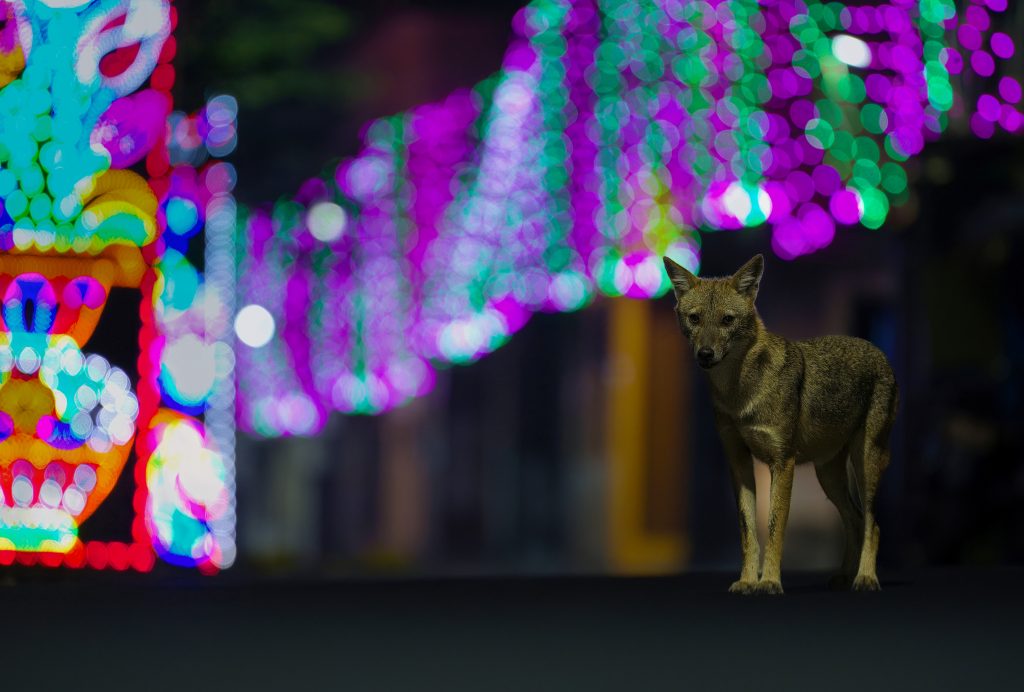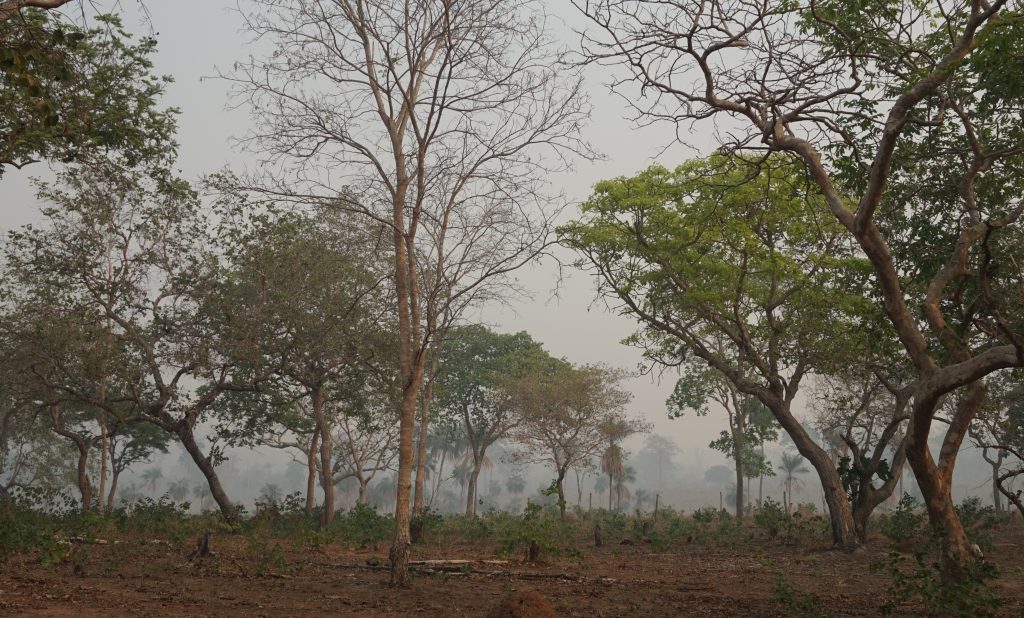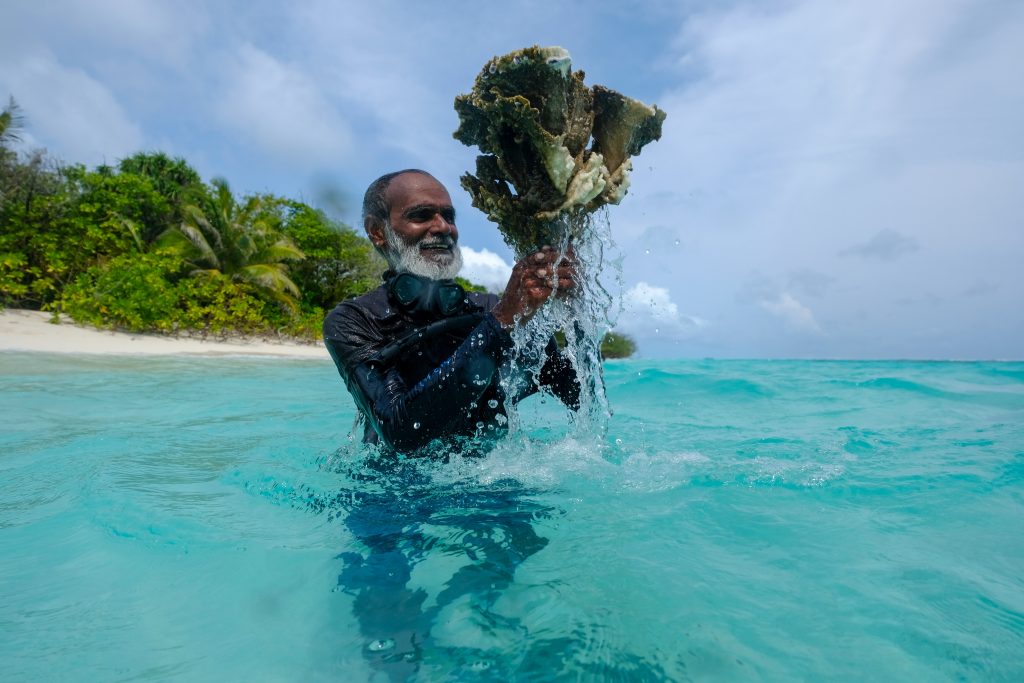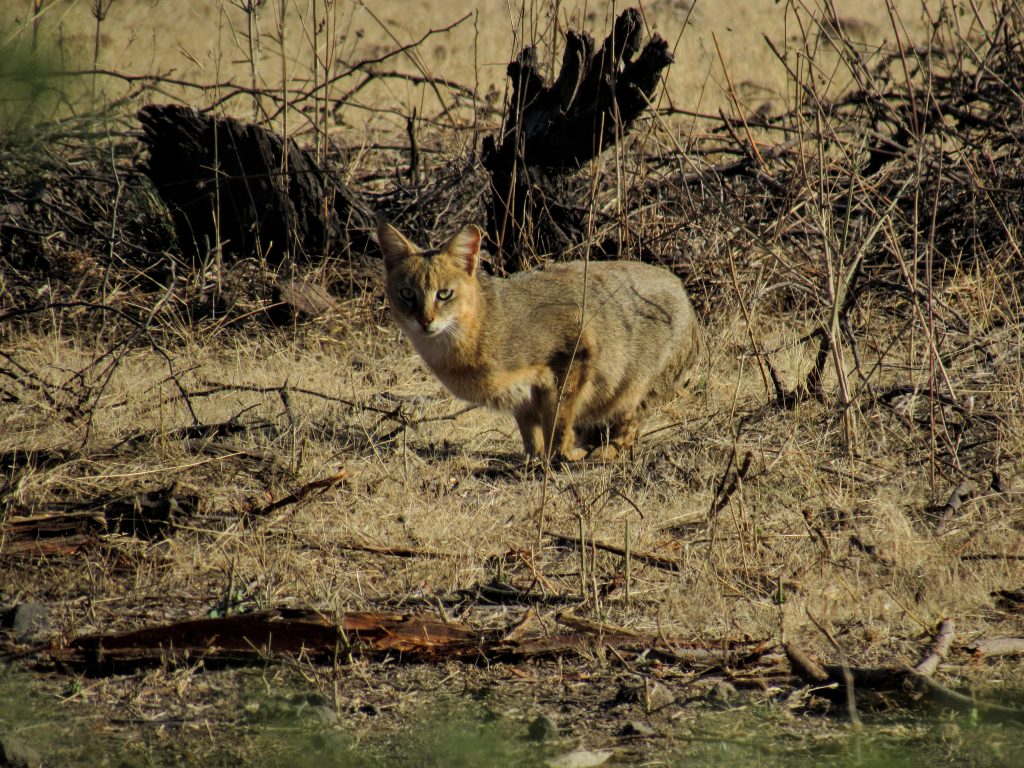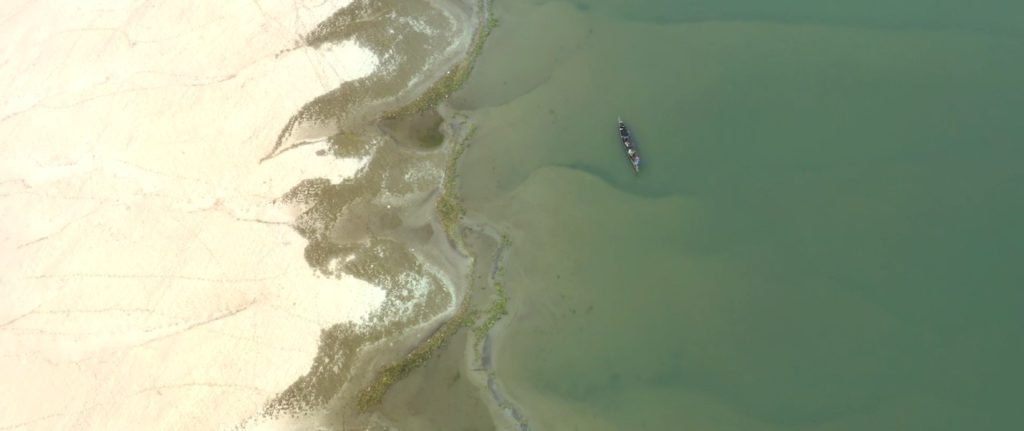Pakke Tiger Reserve is located in the Pakke Kessang district of Arunachal Pradesh, a state in India’s Northeast. It covers an area of 862 sq. km and is surrounded by Papum Reserve Forest in the east, Nameri National Park to the south and southeast, Doimara Reserve Forest and Eaglenest Wildlife Sanctuary in the west, and the Shergaon Forest Division in the north.
One November morning I received a call from Rajen Tachang, a Green Hub Fellow based out of Seijosa, in Arunachal Pradesh, asking if I would like to join him on an expedition into the core zone (core zone is where the actual forest exist and is given maximum protection by the forest department) of Pakke Tiger Reserve. A few weeks later, I met Rajen at Kandra bhaiya’s home in Seijosa. Kandra bhaiya was a member of the Special Tiger Protection Force (STPF), who was assigned to accompany us, and had been working with Rajen on planning the trip into the Reserve.
We set out on two motorbikes the next day. I fell off my bike countless times as we rode through impossible terrains and rivers. One of the most exciting moments of the trip was on the first day as we were crossing the buffer zone (buffer zone is the area around the core zone which is open for restricted and regulated human economic activities like tourism), on our way to the core zone. Kandra bhaiya and I found, what according to him was, a very fresh pugmark of a tiger; and to make things more exciting, he said he was still able to catch the scent of the tiger! But when I tried sniffing the air, I could only smell our sweat and nothing else.
After a whole day’s journey from Seijosa, we reached the Panchali Anti-Poaching Camp, around 23 km inside Pakke. That evening, from our front yard to a drop of around 60 feet below, we bore witness to several animals (like wild boar, monitor lizard, sambar deer, barking deer, porcupine and also many pug marks of leopard, tiger, and bear), who came to the stream for a drink.
From Panchali Camp, it took two days of continuous trekking to reach our destination, a place called Champing Pung—a salt lick. As we zigzagged across deep rivers, we were rewarded for the tough trek by scenes of beautiful fish swimming past in the crystal-clear water.
Early on the third morning, as we were about to reach our destination, Kandra bhaiya, who was leading, suddenly pointed towards the top of a waterfall. It was then that I spotted a beautiful creature called the Himalayan serow. We also managed to get the first photographic record—other than from camera traps—of the Himalayan serow in Pakke Tiger Reserve.
What an adventure it had been! From riding through a thick forest on a motorbike as well as on elephant back, and from stumbling upon wild elephants and wild boars to my first-ever sighting of a Himalayan serow, my time in Pakke Tiger Reserve was special. I treasure those memories not only for the thrilling experiences, but also for the amazing people I had the privilege of connecting with.
Photo essay by Thejavikho Chase, Fellow at Green Hub

